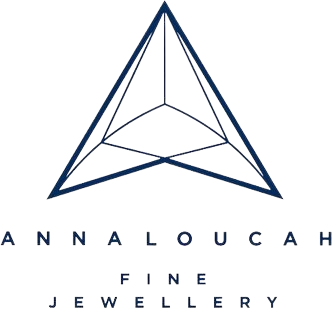We interviewed Paola Totaro – a prominent journalist, writer and correspondent specializing in European affairs, politics, social policy and the arts. As an Italian born Australian now living in London, we learnt how her jewellery keeps her connected with previous generations of her family and how an octopus, a fox and a mother hen have come to represent her own journey.
Q: What does jewellery mean to you?
A: For me, every bit of jewellery tells a story. It’s not about the brand, or having an iconic piece by a great jeweller, but more about who it belonged to – the sentiment and memory that it carries. Jewellery is about telling stories and having connections with people that have given them to you or that are from their pasts.

Q: What does jewellery mean to you?
A: For me, every bit of jewellery tells a story. It’s not about the brand, or having an iconic piece by a great jeweller, but more about who it belonged to – the sentiment and memory that it carries. Jewellery is about telling stories and having connections with people that have given them to you or that are from their pasts.
Q: Do you have pieces that carry special meaning?
A: I’ve definitely now got pieces that have evolved to be associated with good luck, that I would wear to an important meeting or interview, whereas other things have become more day to day – for example I have a silver bracelet that my youngest daughter found and I never take that off. There is a fox charm on it that symbolises London, an octopus reminds me of Naples where I come and my eldest daughter gave me a chicken for Christmas that represents the mother hen!
‘Jewellery is about telling stories and having connections with the people that have given them to you or that are from their pasts’
Q: Would you say that you place more value on your jewellery depending on whether it was bought for you, or by you?
A: The very first thing I ever bought with my first pay package was a tiny gold ring which my youngest now has, with tiny rubies and was probably Victorian. Anything else that’s significant my husband has bought me – but it’s always because I’ve said I liked it so I always feel like I have an input!
Q: How would you describe your ‘jewellery personality’?
A: I think that everything I’ve got is very eclectic. The things I’m most attached to are old and from great grandparents or times passed – I just like those styles. A friend designs modern pieces that I love to look at, but they don’t feel like me when I wear them. My aunt gave me a very beautiful diamond necklace but it’s just not me and so it just sits there. We all wear things in different ways, we might both have the same hat but the way we wear it will be different – I think jewellery is similar.
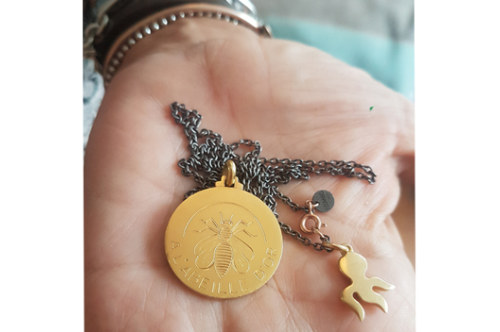
Q: Do you think jewellery has evolved alongside fashion?
A: I think it can be very fickle. I’ve had this medallion piece in my jewellery box forever, but I’ve only just worked out how to wear it and found the right chain, and it’s now become integral to my life, but only in the past three months.
It has the trademark bumblebee of my great, great grandfather’s Belle D’Or perfumery company. They were on their way to Odessa in the 1860s but a cholera epidemic meant they were forced to stop in Naples – they fell in love with the city and never left! The necklace is an echo of the past because, at that time, they had a lot of money and very beautiful things – they were adventurous people and bought a ruin from the bank of Italy in the 1870s, which was a shell right opposite Vesuvius and the sea.
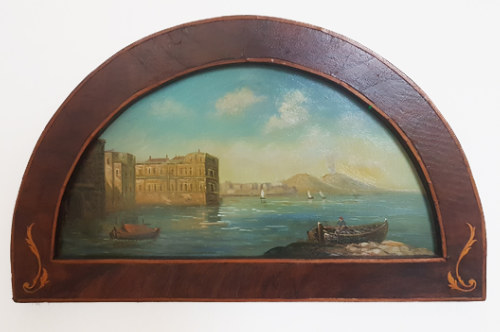
Everybody knows the building in Naples, and my grandfather managed to survive throughout the War on property and what he had left. They ended up almost as prisoners of war because they refused to take Italian citizenship, but were kept under house arrest.
My family at the time were very rich merchants, who displayed it with the fashion of the time – therefore I doubt there was much provenance to the pieces, they were bought because they had the money to do so.
‘The necklace is an echo of the past’
Q: Do you have many sentimental traditions that have been passed down the family?
A: When the girls in my family turned 18 they were given a signet ring, and each of us chose the font to use for the engraving of our initials onto them. My mother continued the tradition, so my daughter has one and my brother’s daughter too. I will definitely continue it with my family in the future as well.
Q: Would you describe yourselves as a jewellery family?
A: My mother inherited some absolutely beautiful jewellery – my great grandmother had amazing pieces, but had a rather estranged son who ended up stealing a lot of her things. What was left was amazing, so I can only imagine what must have been taken! An elderly relative had a bag of uncut diamonds that mum recalls playing with as if they were plastic baubles, not realising what they were!
Q: Would you say that your varied cultural he he How do you see cultures view jewellery differently?
A: Italians are very much about how you present, I’m not sure my family are very good examples of that because my grandfather was actually quite reserved. Italians are generally big on the big names, it’s a vast generalisation – but that’s how I would describe their taste. Culturally, what I’ve noticed in developing countries in particular is that jewellery becomes very much a symbol of stature or wealth. A poor African woman will wear a big piece or big earrings because they’re a statement in themselves.
‘In developing countries, jewellery becomes a symbol of stature or wealth’
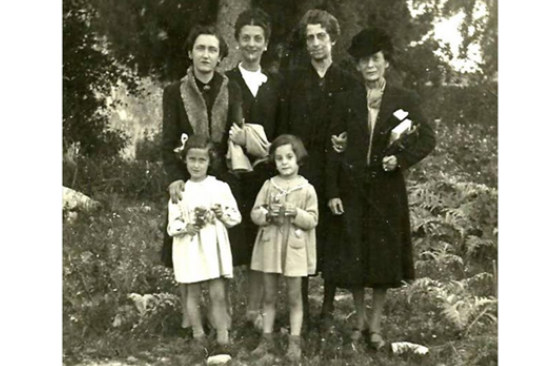
Q: Do you think the ethical side of jewellery is rising?
A: It’s very recent, there’s so much exploitation that occurs in extractive industries. The whole public discourse about provenance, supply chains, being aware of what goes into the processes before you receive it is something people are becoming more aware of. With gold, I think we should definitely start asking those questions.
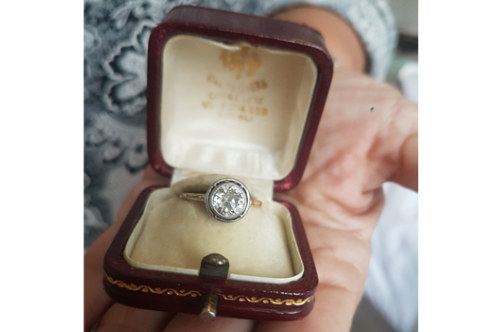
Q: Desert Island Disks… if you had to take one piece…..?
A: I’d probably have to grab my grandmother’s engagement ring, because it’s been through such trials and tribulations. It originally belonged to my great, great grandmother. It was then passed down, and my mum gave it to me for my 50th. I wore it at a dinner with my mum when in Italy, and the diamond fell out and it was one of the worst nights in the world! My husband eventually found it in our apartment!
